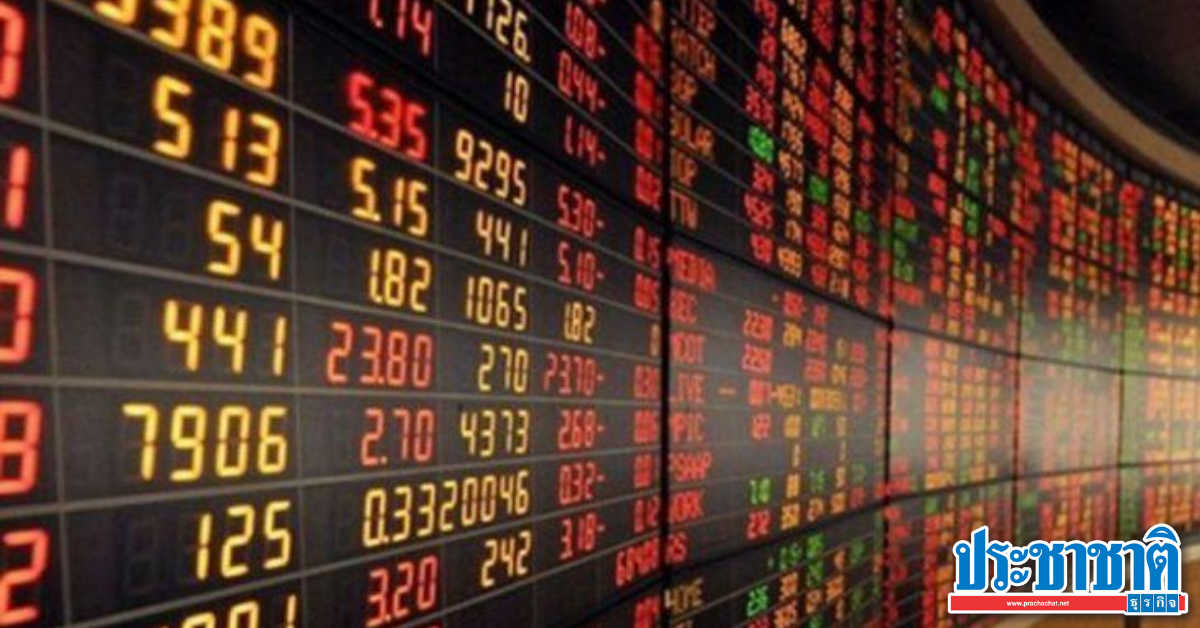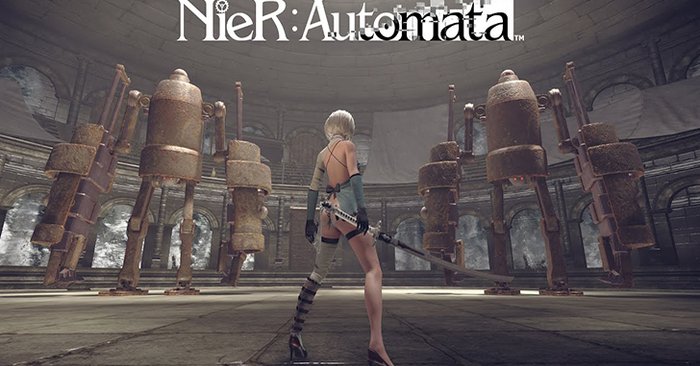Commuters who regularly use New York’s most popular bike path along the Hudson have noticed with growing regret in recent months that the usual view of the iconic skyline of Midtown Manhattan has been blocked by a crowd of construction cranes and steel skeletons. The Empire State Building, a landmark of the city for many decades, like the Chrysler Building, disappeared behind the shell of a completely new district.
“Hudson Yards” are New York’s most ambitious urban development project
This Friday, the district, which has never been renamed by the real estate industry “Hudson Yards”, will be officially opened. The five central towers soar into the sky over Manhattan with a digital HD sharpness. A new glow and sparkle makes old New York look shabby and old. The “Hudson Yards” are the most ambitious urban development project that New York has ever seen. Real estate developer Steve Ross has invested 25 billion dollars in his vision of a golden city within the city.
The complex will house 16 skyscrapers when it is finally completed in the next two years. They house 560,000 square meters of office space, 5,000 luxury apartments and a shopping zone of 70,000 square meters. Neither the new World Trade Center campus nor the historic Rockefeller Center can even come close to keeping up.
The whole thing is garnished by an avant-garde art and performance space, called “The Shed”, which is preparing to overtake MoMA and Lincoln Center as the center of the city’s cultural life. And in the middle of the campus is a walk-in art structure called “The Vessel”, which the creator Thomas Heatherwick likes to call the Eiffel Tower of New York.
“Hudson Yards” are a self-sufficient “gated community” for the super-rich
But despite the undisguised megalomania of the project, the new district has grown almost unnoticed in recent years. You vaguely knew that something was happening on the west side. The “Hudson Yards” are pinned to the edge of Manhattan like a forgotten addition. In contrast to the World Trade Center or the Rockefeller Center at the time, the planning never faced the problem of having to integrate the quarter into the urban fabric. On the contrary, the attraction of the project, which was built over the rails of the subway depot, was that you could plan completely from the drawing board regardless of the context.
The result is a self-sufficient “gated community” for the super-rich, in which they can sleep, work, shop, eat and go to the theater without ever exposing themselves to the chaos and dirt of the city. Everything about Hudson Yards is top notch – the restaurants, the luxury boutiques, the cultural offerings. “The residents should feel that they are getting only the best of everything,” writes Justin Davidson of New York Magazine. “You live in the best building in the best area in the greatest city in the world.”
For New York, the “Hudson Yards” are a dramatic paradigm shift. The mega-block clears out the chaotic city, in which the building density for more than a century has created that much-cited “culture of density”, which ensures that beguiling anarchy and plurality that was once considered the essence of the city. They are replaced by orderly, hotel-like sterility, isolated from the life of the metropolis. Jeremiah Moss, author of the book “Vanishing New York”, a complaint about the lost soul of New York, calls the Yards an “anti-city” or a “plutocratic cloud”.
“Hudson Yards” was an affair of the heart of former Mayor Michael Bloomberg
The development follows the vision of the former mayor Michael Bloomberg, who never made a secret of wanting to convert the city into a “luxury product”. In his twelve years in office, Bloomberg changed the terms of use for 40 percent of the city’s area, giving private developers the key to the city. Bloomberg, writes the sociologist Julian Brash, who coined the term New York’s neoliberalization, “made every effort to subordinate the city government and the physical shape of the city to the interests of a single social group.”
The “Hudson Yards” have been an affair of the heart for Bloomberg from the start. Manhattan’s last fallow land above the tracks of the subway depot has always been a nuisance for the entrepreneur. Shortly after taking office, he used the city’s Olympic bid to rededicate the area. Nothing came of the application, but the starting shot for the development of the corner of Manhattan, which was not yet profitable, had been given. And in Steve Ross, Bloomberg found a partner who not only had the deep pockets for such a mega-project, but also shared Bloomberg’s vision of a tidy, aseptic Manhattan for the wealthy. Ross was motivated by tax rebates totaling six billion dollars – significantly more than Amazon would have received.
Now that Bloomberg has been out of office for five years, New York wonders if the “Hudson Yards” are a holdover from its long-drawn-out era. The zeal with which Bloomberg’s successor Bill DeBlasio has sought Amazon, as well as the continuation of Bloomberg’s planning policy by the man who originally claimed to campaign for greater social justice, gives little hope. DeBlasio has just released an area seven times the size of the “Hudson Yards” for development in Queens.
–

